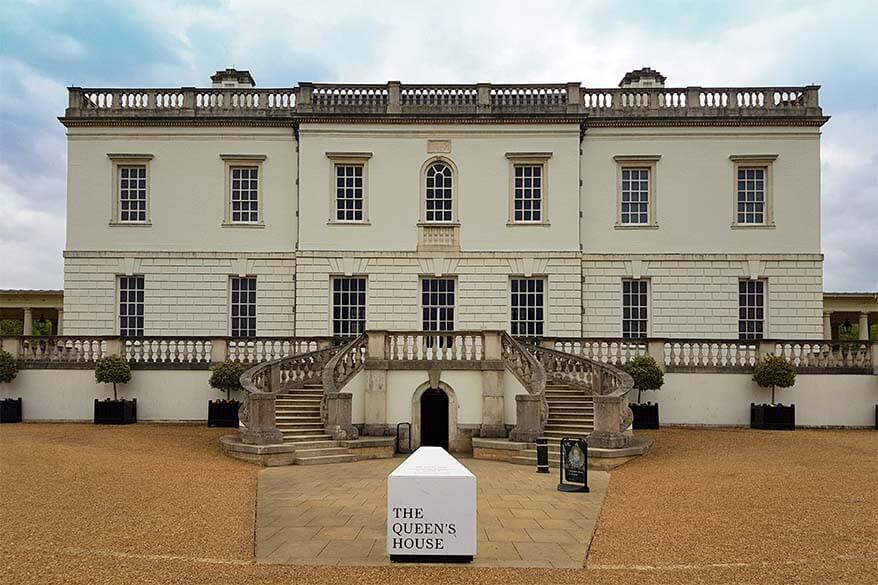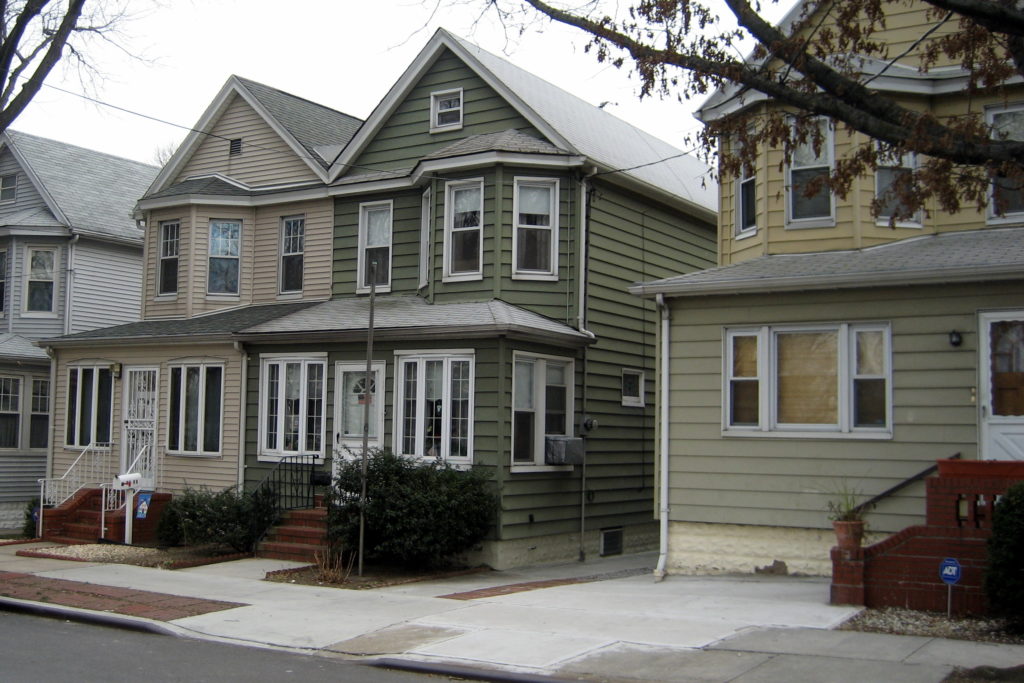Table Of Content

He was strongly influenced by the Renaissance style of building that he saw there. He was the first architect to introduce the classical design to England, with its emphasis on harmony and proportion. The symmetrical appearance of Queen’s House was startlingly different from the red brick palaces more common at the time.
4 hurt, including 1 FDNY firefighter, after fire breaks out in kitchen at Queens home: FDNY - WABC-TV
4 hurt, including 1 FDNY firefighter, after fire breaks out in kitchen at Queens home: FDNY.
Posted: Sun, 07 Jan 2024 08:00:00 GMT [source]
Latest News
I to the park, there to see the prospect of the hill to judge of Dancre's picture which he hath made thereof for me; I do like it very well-and it is a very pretty place'. Greenwich Palace can be seen in the distance, right centre, with the river beyond. The building by this time called Greenwich Castle (begun in the early 15th century as a watchtower and lodge by Duke Humphrey of Gloucester) is shown high on the left, on the site of the present Royal Observatory. Originally Greenwich Palace would have blocked the view from the Queen's House to the river.

Early history
Squatters in NYC: Squatter arrested after standoff with homeowner in 7 On Your Side Investigation - WABC-TV
Squatters in NYC: Squatter arrested after standoff with homeowner in 7 On Your Side Investigation.
Posted: Thu, 18 Apr 2024 07:00:00 GMT [source]
A dramatic evening view in summer, looking north-west from One-Tree Hill in the Park towards distant London. A Greenwich Pensioner has his telescope set up to earn small change by showing visitors the view and another with a peg-leg sits on a bench to the left. A painting showing a panoramic view of Greenwich including the Queen’s House, the Royal Observatory and the Thames, all in an artificially opened-out perspective. This had just reached the end of its incomplete first stage of construction as a palace for Charles II when Pepys visited Greenwich in 1669. Pepys wrote in his diary (20 March 1669) 'thence, to Greenwich by water, and there landed at the King's house, which goes on slow, but is very pretty.
Inspiring architecture
Juliya Fulman, a Queens, New York, homeowner, whose property was taken over by two squatters in March, discussed the legal battle to regain control of her home. This material may not be published, broadcast, rewritten, or redistributed. The canvases were removed during the reign of Queen Anne, who gave them to Sarah Churchill, (her ‘favourite’), who installed them in her new London residence, Marlborough House on Pall Mall. The canvases remain here today, albeit cut down from their original dimensions to fit the mansion’s ceiling.

An art lover's guide to the Queen’s House
Although the house survived as an official building, being used for the lying-in-state of Commonwealth Generals-at-Sea Richard Dean (1653) and Robert Blake (1657), the main palace was progressively demolished between 1660 and 1690. Clarence House, more of an aristocratic townhouse than a palace, has long been a sanctuary for members of the British royal family. It began as a shabby set of apartments on the grounds of the St James Palace.
Visit Feeling Blue
The sunny side facing Greenwich Park was originally the front, with the large balcony and high windows acting as an impressive vantage point for looking out on activities in the park. This bright white villa was at the cutting edge of architecture and design when it was completed in the 1630s. There is a secure car park nearby which is open to visitors during weekends, bank holidays and school holidays. Visit the Queen’s House in Greenwich, an architectural masterpiece and home to an internationally renowned art collection.
In 1806 it became home to the Royal Naval Asylum – a residential school for the orphaned children of British seamen. At that time, new wings and covered walkways connecting the house to the other buildings were added. In 1933 the school moved to Suffolk and in 1934 Queen’s House was taken over by the National Maritime Museum.
The viewpoint is from One Tree Hill in Greenwich Park, with the Royal Observatory on the left. From the hill an avenue of trees leads down to the white façade of the Queen's House. The columns of its upper-floor loggia are just visible above the trees.
London charity tackles isolation through music
Your tickets will be sent to you by email once you've completed your booking. We recommend booking tickets online in advance to guarantee entry and receive updates before your visit, but you can normally also turn up on the day. This ornate staircase is known as the Tulip Stairs thanks to the delicate flower pattern in the banisters. When it was built, it was the first centrally unsupported spiral staircase in England.
The Queen's House with the domes of the Old Royal Naval College in the background. The Queen's House was commissioned in 1619, and was originally designed to be a luxurious garden retreat for Anne of Denmark, the wife of King James I of England. Since her arrest, lawmakers changed state law giving police more authority to remove squatters who don't have a legal right to be there, instead of taking them to housing court. Owner Zafar Iqbal, 53, told the New York Post he was left powerless by the squatters who "have more rights" than homeowners. He continues to try to refurbish the property, but the unwelcome guests just "keep coming back." But there was another element the architect had to factor into his design.
According to The Elements of Organic Gardening by the then Prince Charles and Stephanie Donaldson, between 2004 and 2005, he planted a garden in the Queen Mother’s honor, which his office overlooks. She also had Clarence House kitted out to encourage her favorite vices. His majesty is fully aware of the inconvenience and unfitness of our present apartments here. They were arranged for me in 1809 when I was a bachelor…since when (now 15 years) nothing has been done to them; and you well know the dirt and unfitness for the Duchess of our present abode.
It’s hard to imagine now just how radical the House would have looked when it was first built. Compared with the red-brick Tudor palace next to the river it was a revolution, the first Classical building in England. There was originally only one room linking the north and south sides of the Queen's House, creating an 'H' shape with this 'Bridge Room' at the centre. In the 1660s further apartments were built, turning the House into a square and creating separate spaces for the King and Queen. The sunny space known as 'The Orangery' gave the royal household direct access to the hunting grounds of Greenwich Royal Park. Queen Henrietta Maria is known to have encouraged cultivation of oranges, but there is no evidence they were grown here.
What started as a clothing design idea for Daniel O’Connell and Pete Adams has grown into a successful fashion business. QCH opened its doors in 1976 (as Forest Hills Community House) to help heal the wounds of a neighborhood conflict. Over four decades, our reach and breadth have grown; today we offer a broad network of comprehensive services at 40 sites in 15 neighborhoods allowing us to impact individuals, families, and entire communities. Queens Community House (QCH) is a multi-site, multi-service settlement house that serves the diverse neighborhoods of Queens. We serve residents of all ages, races, faiths, and ethnicities while supporting the viability of the borough as a whole.
By the end of the 17th century the Queen’s House had become a ‘grace-and-favour’ mansion, made available to court favourites and artisans. Following construction of the cut-and-cover tunnel between Greenwich and Maze Hill stations, the grounds immediately to the north of the house were reinstated in the late 1870s. The tunnel comprised the continuation of the London and Greenwich Railway and opened in 1878. Find useful information about facilities at the Queen's House, including guidance for disabled visitors coming to any of our sites. Find useful information about facilities and access at the Queen's House, including guidance for disabled visitors coming to any of our sites. Find the perfect gift for art lovers, from books and prints to royal souvenirs and keepsakes.
The Queen's House architect, Inigo Jones, was commissioned by Queen Anne of Denmark in 1616 and again to finish the house in 1635 by Queen Henrietta Maria. Designed by architect Inigo Jones, Queen's House was the UK's first classical building, and it's as enticing for its form as for its art collection. It's in the immaculately restored Queen's Presence Chamber on the 1st floor.

No comments:
Post a Comment